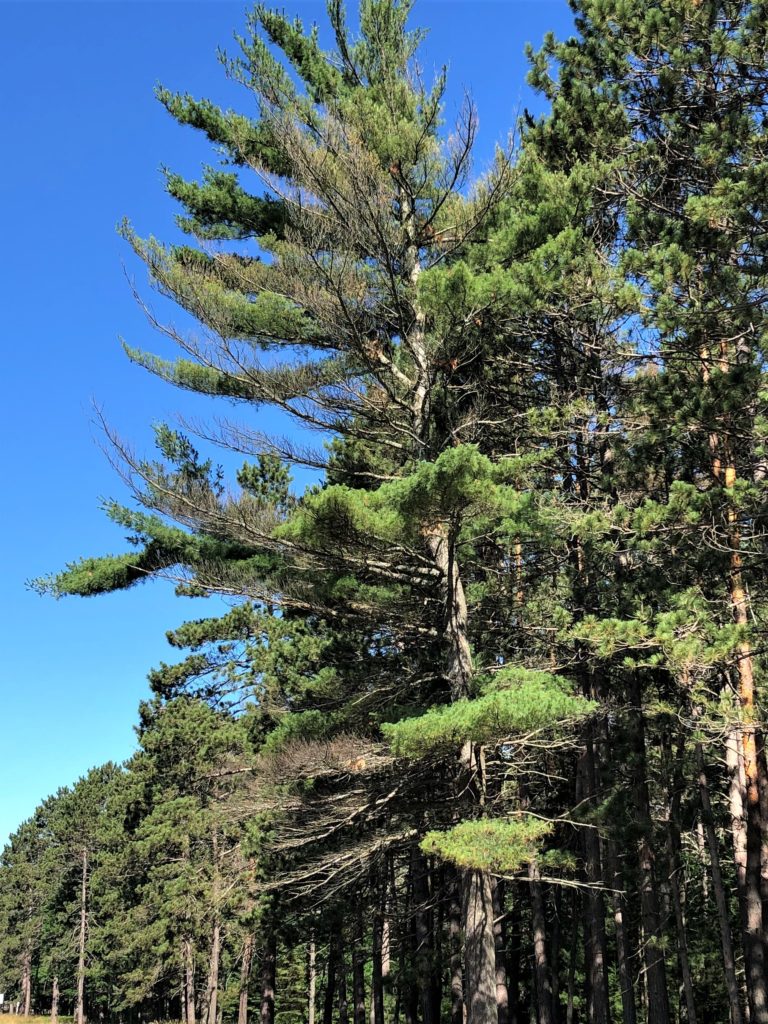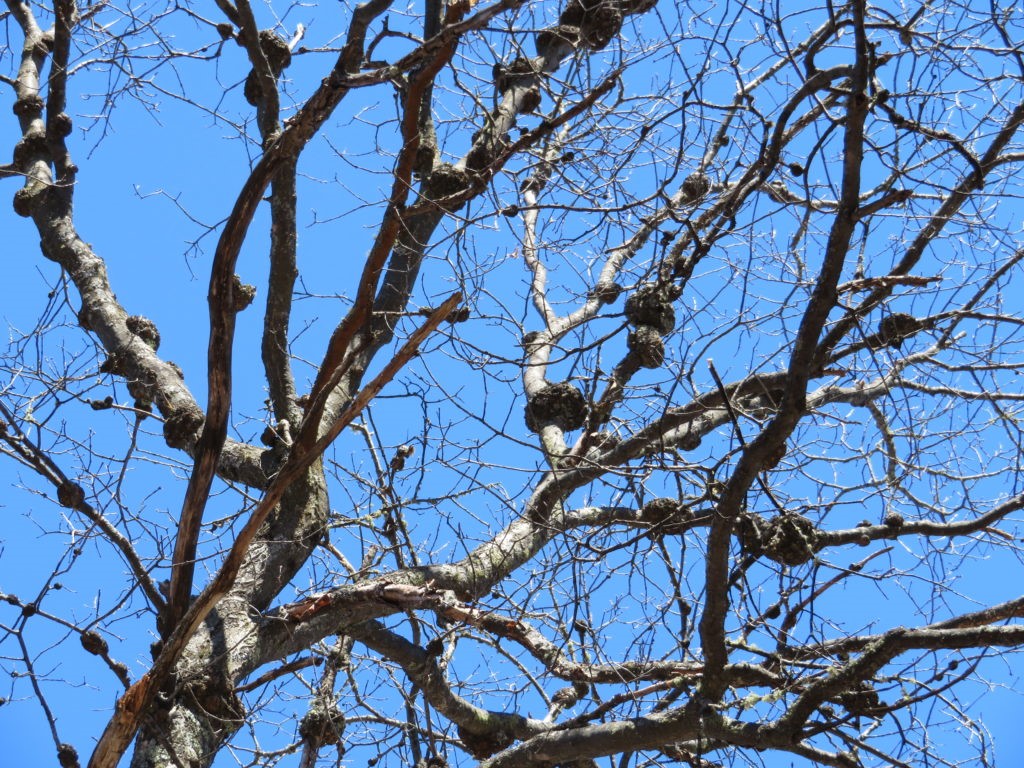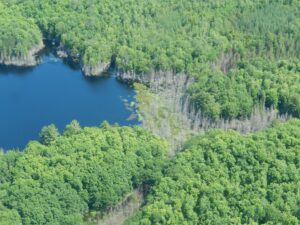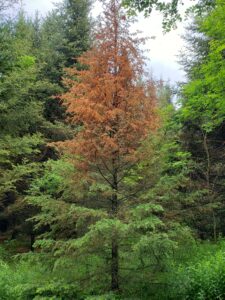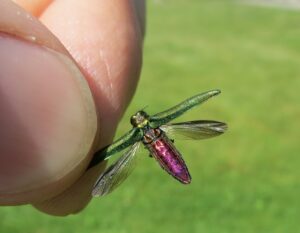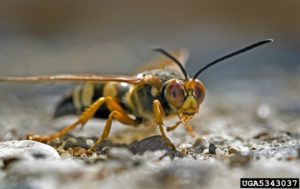By Mike Hillstrom, DNR Forest Health Specialist, Fitchburg, Michael.Hillstrom@wisconsin.gov or 608-513-7690 and Brian Wahl, DNR Forestry Specialist, Fitchburg, Brian.Wahl@wisconsin.gov or 608-225-7943
During Wisconsin’s first week of 2021, a beautiful weather phenomenon occurred: rime ice. Rime ice forms when the tiny water droplets in fog freeze on trees and other objects. Hoarfrost, a similar phenomenon that occurs without fog, can form when water vapor in freezing air contacts a surface. The best news is that these winter conditions should not concern tree health when we emerge from the winter fog in spring.

Rime ice on a crabapple tree.
Continue reading “Learn More About Rime Ice And Winter Tree Damage”

